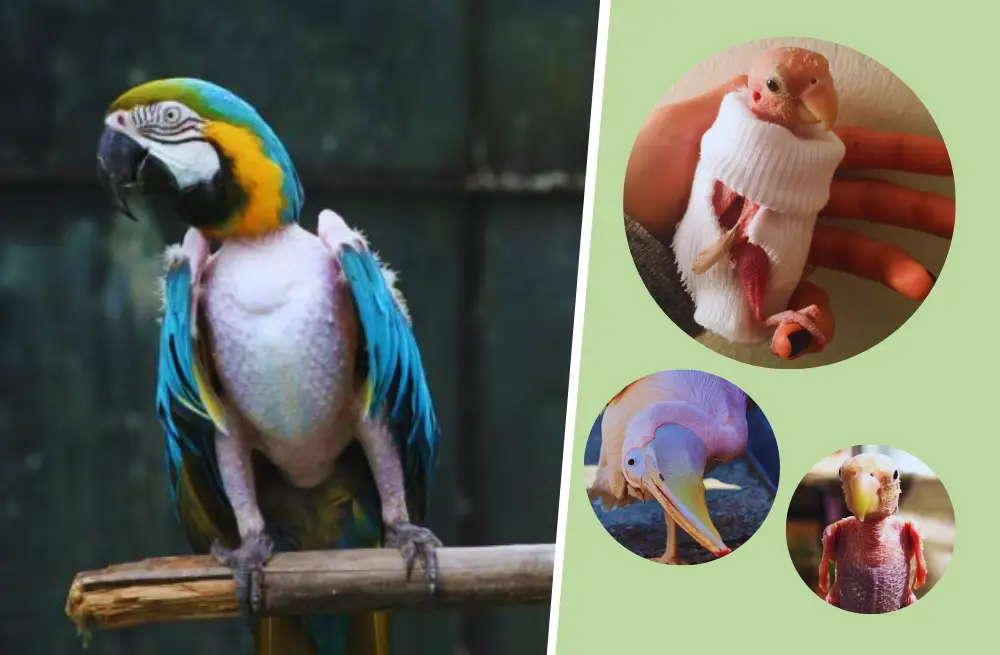Ferrets, with their playful and mischievous nature, are known for their remarkable flexibility and agility. From squeezing into tight spaces to performing acrobatic maneuvers, these curious creatures seem to have no limits when it comes to contorting their bodies.
But have you ever wondered why ferrets are so incredibly flexible? In this article, we will talk a lot about the ferret anatomy and uncover the secrets behind their bendy bodies. So let’s dive into it!
So Why Are Ferrets So bendy?
Understanding Ferret Flexibility: Beyond the Spine
Ferret flexibility is often attributed to their highly flexible spine, but a closer look reveals that their entire body, from head to tail, is designed for maximum bendiness. Let’s explore the various aspects of a ferret’s body that contribute to their remarkable flexibility.
The Lightweight Skeleton: Agile and Quick Movements
A ferret’s skeleton consists of approximately 200 bones, similar to most mammals. However, what sets it apart is its lightweight nature. Weighing just around 2 kg as an adult, the lightweight skeleton is crucial for enabling quick and agile movements necessary for flexibility. This lightweight structure allows ferrets to move swiftly and maneuver effortlessly.
The Three Sections of a Ferret’s Skeleton: A Team Effort
A ferret’s skeleton can be divided into three main sections: the axial skeleton, appendicular skeleton, and heterotopic skeleton. Each section plays a role in contributing to the ferret’s flexibility.
- The axial skeleton comprises the skull, vertebrae, sternum, and ribs. The elongated and flatter design of the skull enables ferrets to slip through gaps that would be too large for other mammals’ heads. The lack of fusion lines between the skull bones adds to their flexibility, allowing them to navigate narrow spaces effortlessly.
- The appendicular skeleton includes the legs, shoulders, and pelvis. Ferrets have short and lightweight front arms, which are well-suited for agile movements. Their rear legs, although longer than the front ones, maintain the lightweight design, contributing to overall flexibility. The well-developed claws on their paws assist in digging and provide additional flexibility.
- The heterotopic skeleton comprises various parts of the rear legs and pelvic region, such as the kneecaps (patellae) and fabella. These unique skeletal components add to the ferret’s overall flexibility, allowing them to perform complex movements.
The Remarkable Vertebral Column: The Backbone of Flexibility
The ferret’s vertebral column is the true star of its flexibility. With 7 vertebrae in the neck, 15 in the chest, 6 in the lumbar region, and a whopping 18 in the tail, the vertebral column accounts for a significant portion of a ferret’s body length.
The abundance of vertebrae and the length of the tail provide the ferret with exceptional flexibility, making it one of the most flexible mammals on the planet. This flexible spine enables ferrets to twist, turn, and bend their bodies in ways that seem almost unimaginable.
Additional Secrets Within the Skeleton: Fine-Tuned Adaptations
Ferrets have evolved several additional skeletal adaptations that contribute to their flexibility.
The structure of a ferret’s knee is similar to that of a human’s knee, featuring two menisci, caudal cruciate and cranial ligaments, as well as two collateral ligaments.
This well-connected and easily compressed knee structure enhances the ferret’s flexibility and aids in their agile movements.
The Complete Package of Flexibility: A Marvelous Adaptation
The combination of a highly flexible spine, lightweight skeleton, and muscular system creates the complete package of ferret flexibility. Their ability to bend, twist, wrap tightly, and maneuver with agility is a result of their well-adapted skeletal and muscular system. Ferrets have mastered the art of utilizing their unique body structure to explore their environment, hunt prey, and escape potential threats.
Ferret Spinal Issues: The Price of Flexibility
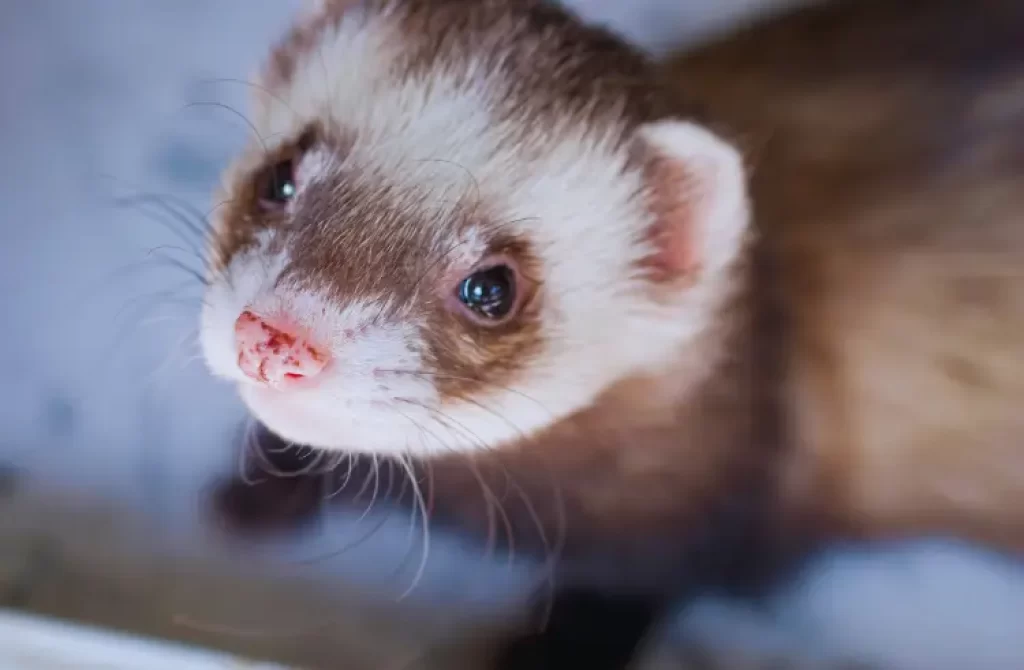
Chordomas: A Common Spinal Cancer in Ferrets
Ferrets are particularly susceptible to chordomas, a type of malignant cancer that can develop at the tip of their tail or any part of the spinal column. These tumors often manifest as enlarged lumps and require immediate veterinary attention.
Osteomas and Osteosarcomas: Bone Cancers in Ferrets
Ferrets can also be at risk of osteomas and osteosarcomas, two types of bone cancers. While osteomas are typically benign and commonly found around the flat bones of the skull, osteosarcomas are more likely to be malignant. Fortunately, osteosarcomas are relatively rare in ferrets.
Elbow and Knee Injuries: Watch Out for Falls
Careless falls from elevated areas can result in elbow and knee injuries in ferrets. Due to their thin and lightweight bones, ferrets are more prone to fractures compared to larger mammals. Taking preventive measures to ensure a safe environment is crucial in avoiding such injuries.
Ensuring the Well-being of Your Flexible Friend
Maintaining the health and safety of your ferret is vital in minimizing the risks associated with spinal issues. Regular veterinary check-ups, creating a secure environment, and preventing falls from elevated surfaces can help safeguard your ferret’s well-being. Stay vigilant and seek immediate veterinary attention if you notice any concerning symptoms or changes in your ferret’s behavior.
What is the main factor contributing to a ferret’s flexibility?
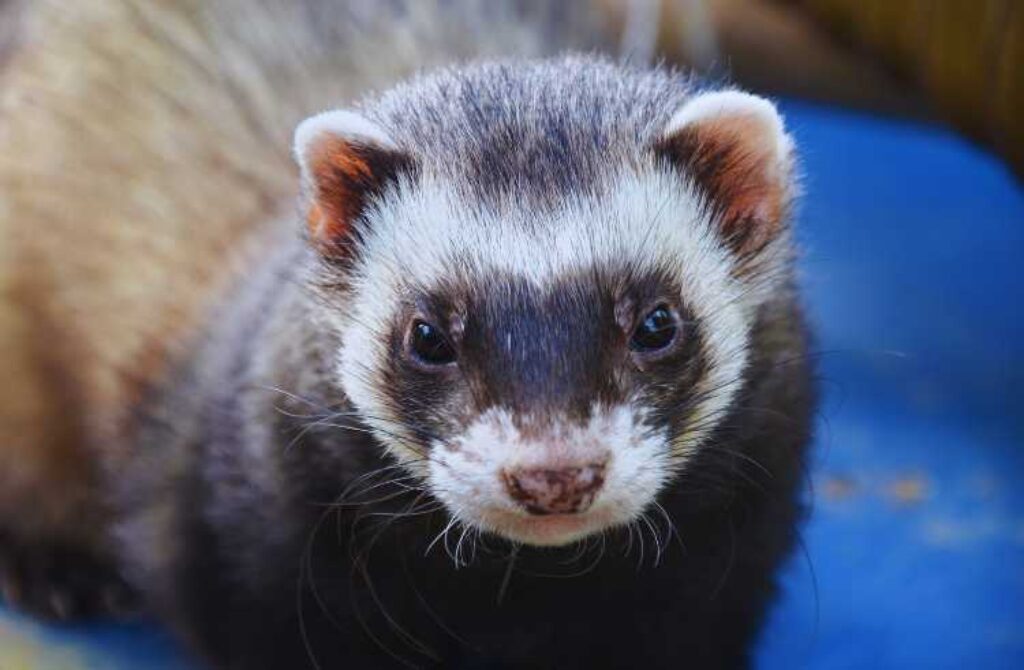
The main factor contributing to a ferret’s flexibility is its unique spinal structure. Unlike humans and many other animals, ferrets have a spine composed of numerous small and interconnected vertebrae. This allows for a higher degree of flexibility and range of motion, enabling ferrets to twist, turn, and bend their bodies with ease.
How does a ferret’s flexibility benefit its hunting and exploration instincts?
A ferret’s flexibility plays a crucial role in its hunting and exploration instincts. In the wild, ferrets are skilled burrowers and hunters.
Their ability to contort their bodies and squeeze through tight spaces effortlessly allows them to navigate narrow burrows, tunnels, and other confined spaces with agility. This flexibility gives them a significant advantage in chasing and capturing prey, as well as in accessing hidden areas for shelter and safety.
What makes a ferret’s ribcage different from that of other animals?
Ferrets have a unique ribcage structure that sets them apart from many other animals. Unlike rigidly attached ribs found in humans and some animals, ferrets have ribs that are connected to the breastbone through highly flexible cartilage.
This adaptability allows their ribcage to collapse and expand, making their bodies even more flexible and capable of fitting into incredibly tight crevices.
It provides them with the ability to compress their bodies, reducing their overall size and facilitating their remarkable maneuverability.
How do elastic muscles and ligaments contribute to a ferret’s flexibility?
Elastic muscles and ligaments are essential contributors to a ferret’s flexibility. Ferrets possess muscles and ligaments with a high degree of elasticity, allowing them to stretch and contract their bodies without causing injury.
This elasticity enables them to perform acrobatic movements, contort their bodies in impressive ways, and maintain agility during various physical activities.
The flexibility provided by these elastic tissues allows ferrets to adapt to different positions, navigate through tight spaces, and exhibit their remarkable dexterity.
Ferret-Proofing Your Cage and Home: Keeping Your Ferret Safe and Secure
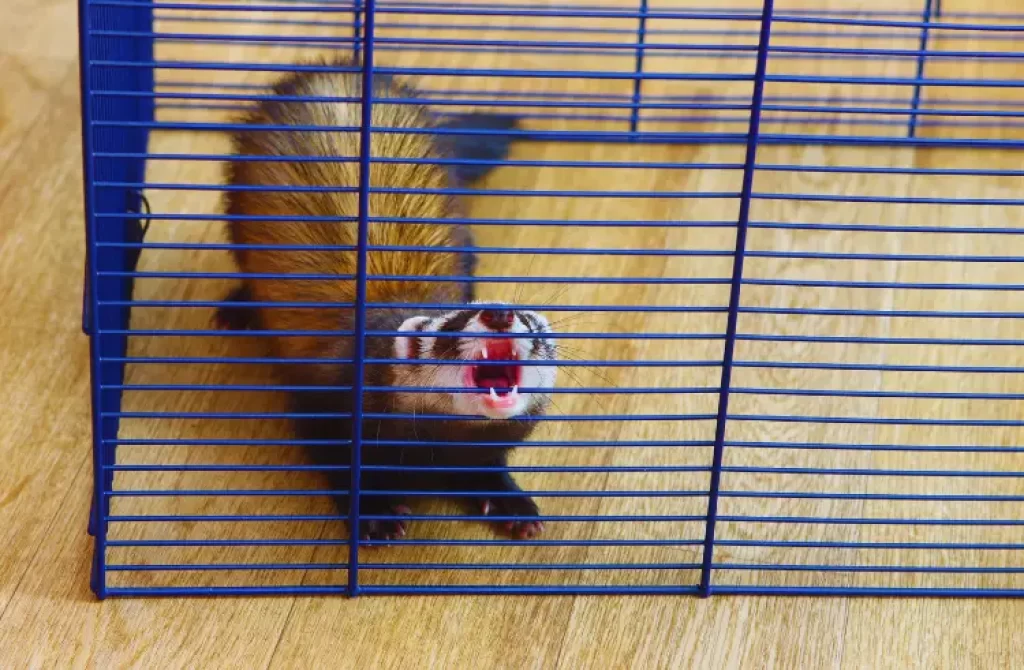
Limiting Escape Routes: Securing Dangerous Areas
To prevent your ferret from accessing hazardous spaces in your home, such as air conditioning units, toilets, or plumbing systems, it’s essential to seal off these areas or use grills to block access. Ensure that gaps in childproof gates or other barriers are covered to prevent your ferret from slipping through.
Securing the Ferret Cage: Preventing Escape
Keeping your ferret securely in its cage is crucial for its safety and your peace of mind. Take the following steps to prevent escapes:
- Proper Bar Spacing: Choose a cage with narrow bar spacing to prevent your ferret from squeezing through or wriggling out.
- Use a Lid: Always ensure that your ferret’s cage has a secure lid to prevent them from climbing over the top and escaping.
- Check for Weak Points: Regularly inspect the cage for any weak points, holes, or structural issues that could provide an escape route for your ferret.
Balancing Cage Enrichment and Security
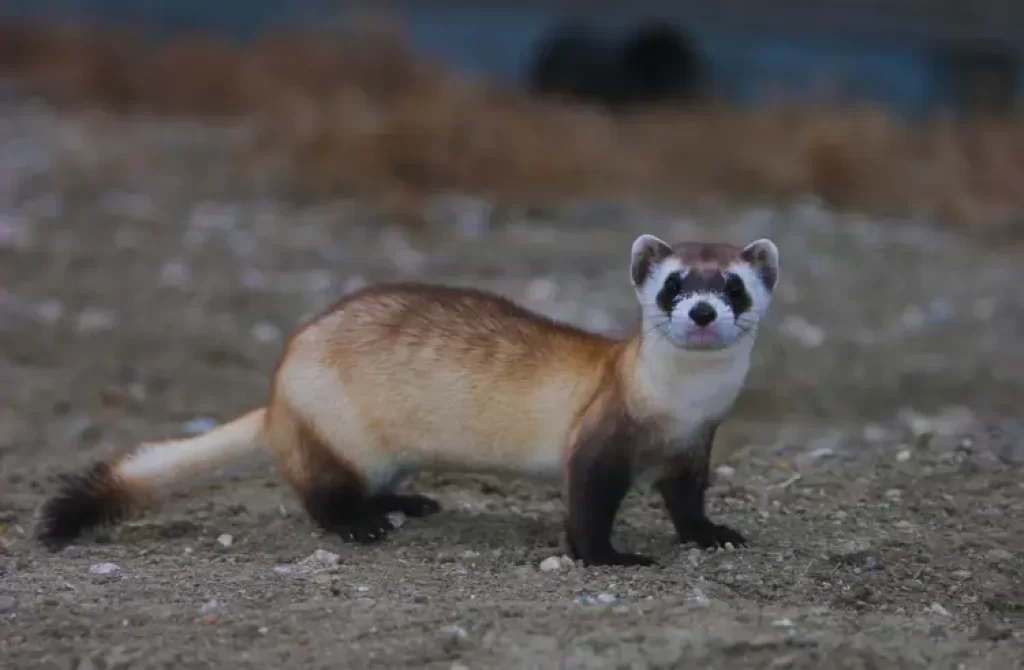
While it’s important to provide a stimulating environment for your ferret, certain cage features can also be potential escape routes. Take the following precautions:
- Assess Climbing Opportunities: Be mindful of items such as water tubes, feeders, wheels, and hideouts that could enable your ferret to climb and escape. Ensure they are secure and cannot be used as stepping stones.
- Check for Structural Weaknesses: Regularly inspect the cage to identify any potential weaknesses or holes that could compromise its security.
Feeding Precautions: Monitoring Your Ferret’s Movements
When feeding your ferret, be vigilant and cautious. It takes only a split second for a ferret to dart past your hand and escape when you open the cage. Pay close attention to their movements and ensure they remain inside the cage during feeding.
Educating Family Members: Involving Everyone in Ferret Safety
If you have children in the household, it is crucial to educate them about ferret safety and the importance of preventing escapes. Ensure they understand the rules and do not unknowingly contribute to a potential escape.
Conclusion: A Safe and Secure Environment for Your Flexible Friend
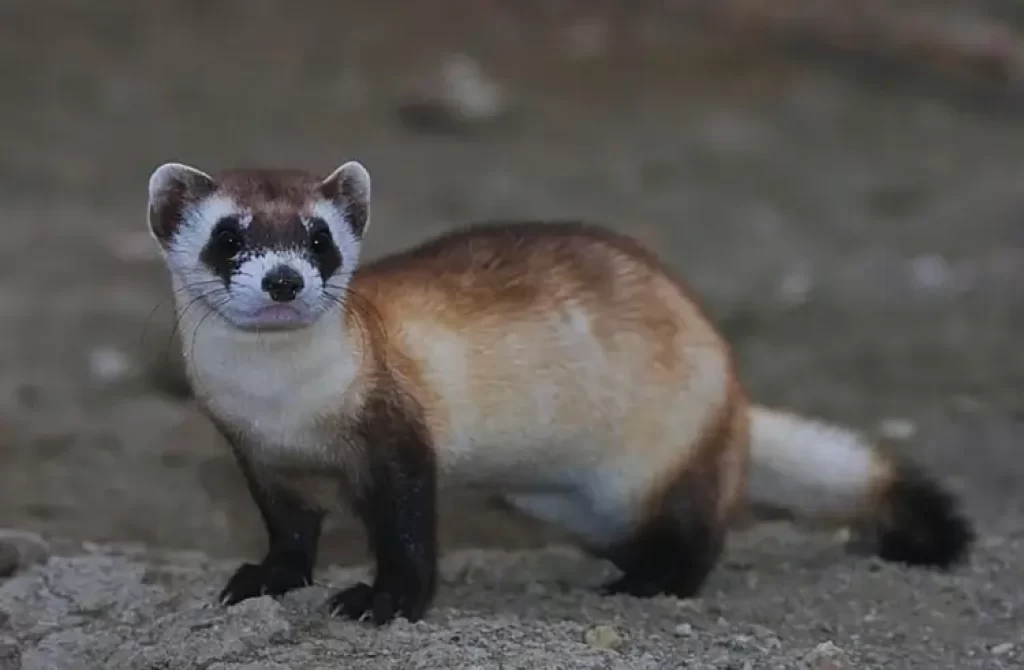
providing a safe and secure environment for your ferret is essential to their well-being. Understanding their remarkable flexibility and taking steps to prevent escapes can help keep them out of harm’s way.
By securing dangerous areas, choosing a cage with proper bar spacing and a lid, checking for weaknesses, and being mindful of climbing opportunities, you can greatly reduce the risk of your ferret escaping.
Additionally, monitoring their movements during feeding and educating family members about ferret safety are important aspects of maintaining a secure environment. With these ferret-proofing measures in place, you can enjoy the company of your furry and flexible friend, knowing that they are protected and safe in their cage and within your home.




